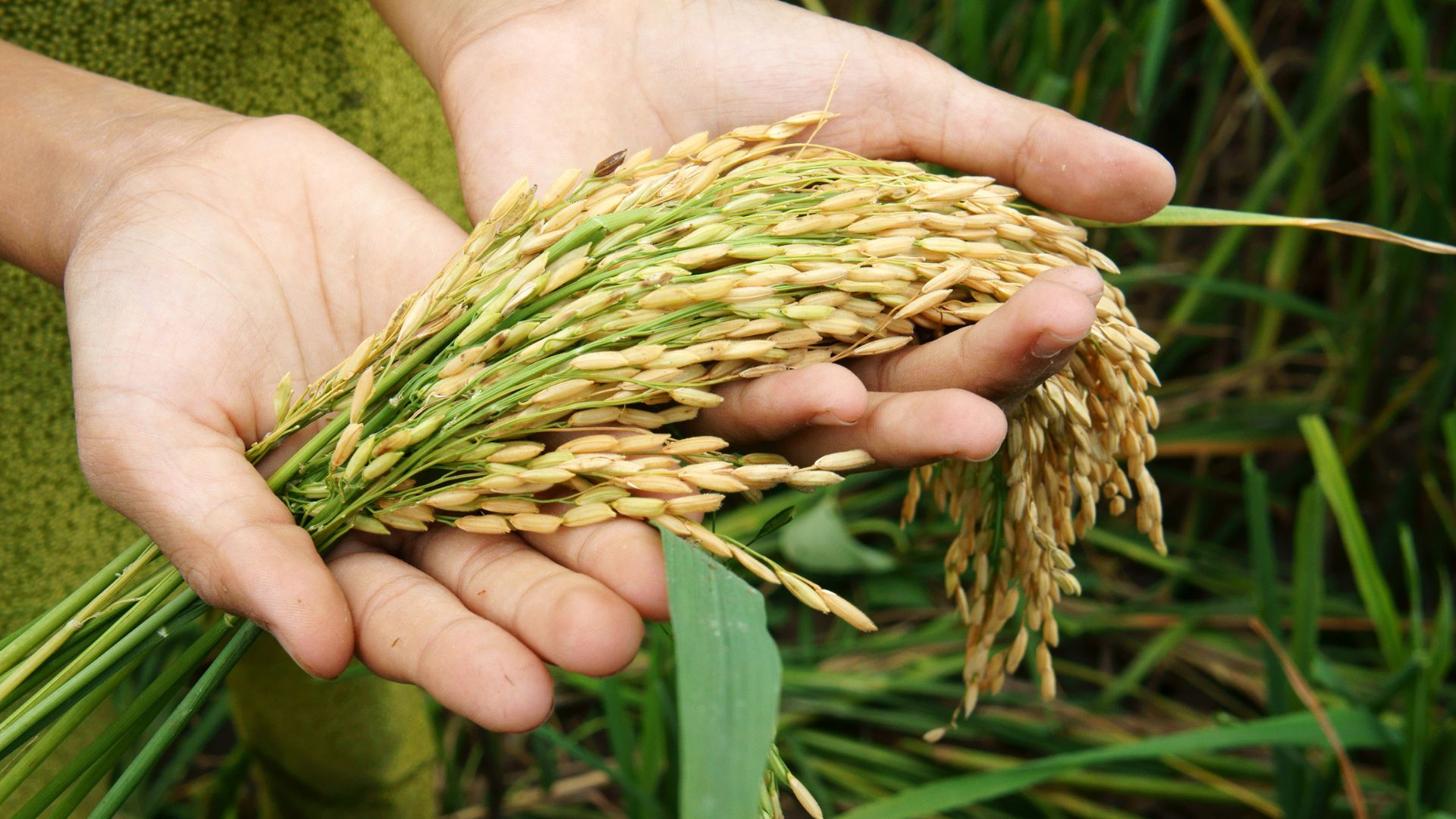Food insecurity is a serious issue that affects millions of people around the world. It is defined as the lack of consistent access to enough food for an active, healthy life. Food insecurity can have negative impacts on health, education, and social well-being. It can also increase the risk of conflict and violence in some regions.
Fortunately, there are many innovative ways in which we can combat food insecurity and ensure that everyone has enough to eat. In this blog post, I will share some of these solutions and how they are making a difference in some regions hard hit by shortages.
One of the solutions is urban agriculture, which is the practice of growing food in cities and towns. Urban agriculture can help reduce food miles, improve food quality, create green spaces, and empower communities. Urban agriculture can take many forms, such as rooftop gardens, vertical farms, hydroponics, aquaponics, and community gardens. Some examples of urban agriculture projects are:
- The Urban Farming Food Chain Project in Los Angeles, which provides fresh produce to low-income families and homeless shelters.
- The Sky Greens vertical farm in Singapore, which uses a rotating system to grow leafy greens with minimal water and energy.
- The City Farming Project in Gaza, which uses hydroponics to grow crops in recycled plastic bottles.
Another solution is food waste reduction, which is the prevention or diversion of edible food from being thrown away. Food waste reduction can help save money, conserve resources, reduce greenhouse gas emissions, and feed more people. Food waste reduction can be achieved at different levels, such as production, distribution, retail, and consumption. Some examples of food waste reduction initiatives are:
- The Food Recovery Network in the United States, which collects surplus food from college campuses and donates it to hunger relief organizations.
- The Too Good To Go app in Europe, which connects consumers with restaurants and shops that sell their surplus food at discounted prices.
- The Selina Wamucii platform in Africa, which connects smallholder farmers with buyers and reduces post-harvest losses.
A third solution is alternative protein sources, which are foods that provide protein without relying on animal products. Alternative protein sources can help reduce environmental impacts, improve animal welfare, enhance food security, and diversify diets. Alternative protein sources can include plant-based proteins, such as soy, beans, nuts, and seeds; insect-based proteins, such as crickets, mealworms, and grasshoppers; and lab-grown proteins, such as cultured meat and dairy. Some examples of alternative protein products are:
- The Impossible Burger and Beyond Meat burger, which are plant-based burgers that mimic the taste and texture of beef.
- The EntoBox and Hargol FoodTech products, which are insect-based snacks that are high in protein and low in fat.
- The Memphis Meats and Perfect Day products, which are lab-grown meat and dairy that are produced without harming animals.
These are just some of the innovative ways in which we can combat food insecurity and ensure that everyone has enough to eat. By supporting these solutions and spreading awareness about them, we can make a positive difference in the world and create a more sustainable future for ourselves and generations to come.

